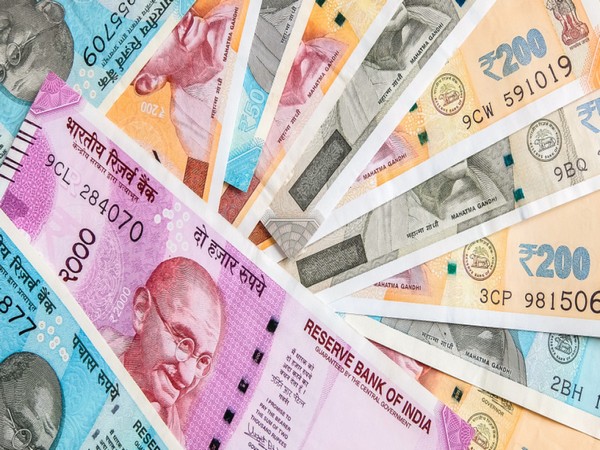
New Delhi: India's Union Budget 2025-26 revealed a significant reliance on borrowings, accounting for 24 per cent of the government's income, followed closely by income tax, which contributes 22 per cent to the revenue.
The Union Budget 2025 provides a clear picture of how the government collects money and where it is spent and aims to strike a balance between its earnings and expenses, using these funds to support economic growth, improve welfare programs, and ensure national security while maintaining financial stability.
The largest source of government income is Borrowing and Other Liabilities, the second-largest source is Income Tax, which makes up 22 per cent of the revenue. This tax is collected from individuals and salaried employees, followed by GST and other indirect taxes account for 18 per cent of earnings. These are the taxes that people pay when they buy goods and services.
Corporation Tax, which is the tax paid by businesses on their profits, contributes 17 per cent to the total revenue.
The other income source of the government is the Non-Tax Receipts (such as profits from government companies) is 9 per cent.
Union Excise Duties (taxes on specific goods like fuel and alcohol) is 5 per cent
Customs Duties (tax on imports and exports) 4 per cent
Non-Debt Capital Receipts (such as the sale of government assets) contributes 1 per cent
On the expenditure side, the largest allocation goes to States' Share of Taxes and Duties with 22 per cent, followed by Interest Payments, which is 20 per cent of total spending.
Another 16 per cent goes towards Central Sector Schemes, which include key national projects and development programs.
For national security, Defence receives 8 per cent of the budget.
Similarly, 8 per cent is spent on Centrally Sponsored Schemes, which are development programs funded jointly by the central and state governments.
Another 8 per cent is used for Finance Commission and other transfers, which help states manage their finances.
To support citizens, the government spends 6 per cent on Major Subsidies, which include subsidies on food, fertilizers and others.
Additionally, Pensions for retired government employees take up 4 per cent, while other expenses make up 8 per cent.
The budget highlighted the balance between the government's earnings and expenses. While a large part of revenue comes from taxes, borrowing still plays a crucial role.